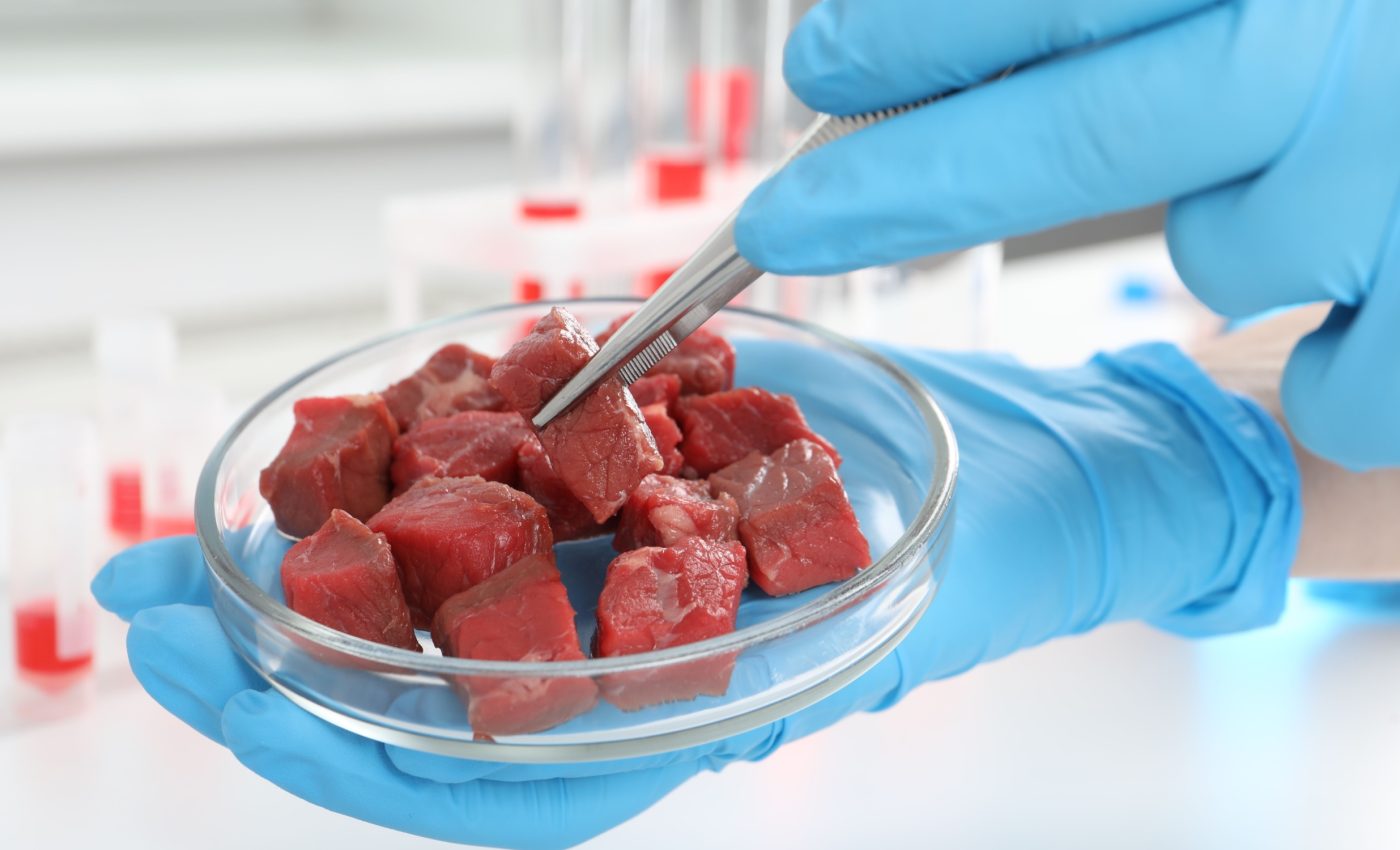
Lab-grown chicken just got a flavor and texture boost
Bite-sized chunks of fiber-grown chicken are gaining attention these days. They offer a texture similar to the meat of everyday grocery store chicken.
Shoji Takeuchi from The University of Tokyo is at the center of this work. He and his collaborators have brought forward a process involving the use of semipermeable hollow fibers that act like tiny delivery channels for nutrients and oxygen to reach developing cells.
How fibers grow chicken muscle in the lab
Researchers are mimicking the steady flow of nutrients and oxygen to cells by using these narrow fibers, which are similar to those used in dialysis machines. This setup helps the cells stay active as they grow into chicken muscle.
They place the cells in a collagen-based mixture that sits around the fibers. Once the culture starts, the cells grow together and develop a structure that feels and appears like small pieces of real chicken.
Fibers improve chicken texture and flavor
Texture is linked to how tightly these cells pack and bind.
Scientists rely on myosin heavy chain markers to spot proper muscle formation. With better distribution of nutrients, the muscle fibers show stronger alignment, making the final product denser.
Taste is about more than spices or seasonings. Investigations show that free amino acids influence flavor. The new system seems to produce a higher fraction of these flavor molecules, so the bite is more appealing.
Lab-grown fiber chicken solves old problems
The method stands out because regular diffusion alone can’t keep large tissues alive.
Traditional approaches struggle once the tissue goes beyond about half an inch (1.3 centimeters) thick, and cells in the middle often lose oxygen. This new system fixes that by pumping nutrients and oxygen along the tiny channels into the developing tissue.
The approach aims to be efficient. It makes structured meats that are thicker, juicier, and have the resilience you expect from a store-bought cut. It also tries to reduce waste by limiting the need for multiple small batches that might fall short on consistency.
Automation could scale fiber-grown chicken
Large-scale production depends on reliable hardware and robotic assistance.
Researchers have created automated ways to line up the fibers, so they can pack a lot of them in a small space. This leads to consistent distribution of cells, and it cuts back on wasted time.
More improvements are possible. Edible fibers might simplify the final steps, so there’s no need to remove them. There are also conversations about lowering costs by moving away from animal-based growth media, but that will take more research.
This tech could grow more than chicken
The process may have applications beyond fiber-grown chicken.
Some believe it could pave the way for other meats, tissues for regenerative medicine, and even muscle-based soft robotics. Cells are adaptable, so the possibilities stretch into several branches of biological engineering.
Even so, tasks like oxygen delivery in bigger cuts of meat remain a puzzle. Some scientists point to synthetic blood or special carrier molecules for better oxygen transport. Others feel the entire pipeline might benefit from advanced monitoring tools that track vital cell conditions in real time.
This may reduce harm to animals
Curiosity about immortalized fibroblast cells keeps growing because they skip the need to harvest cells from live animals. This might ease ethical concerns linked to routine animal tissue collection. It also reduces the time needed to scale, since these cells can keep dividing in large numbers.
“This system enables cell distribution, alignment, contractility, and improved food-related properties,” said Shoji Takeuchi.
He sees a future where this method can help meet the demand for large amounts of chicken muscle without the same environmental footprint as traditional livestock.
Lab-grown fiber chicken may change how meat is made
As the concept becomes more refined, public perception and policy will play a big role. People want to know if it’s safe, tasty, and made in a cost-effective way.
While there’s a way to go before it’s commonplace on dinner plates, the progress hints at changing times in how chicken and other meats can be produced.
Fiber-grown chicken isn’t just a nod to environmental or ethical goals. It’s also about exploring newer technologies in tissue growth.
The arrival of high-density fiber networks is a sign that these efforts may step beyond small samples and head toward a broader range of culinary experiences.
The study is published in Trends in Biotechnology.
—–
Like what you read? Subscribe to our newsletter for engaging articles, exclusive content, and the latest updates.
Check us out on EarthSnap, a free app brought to you by Eric Ralls and Earth.com.
—–













